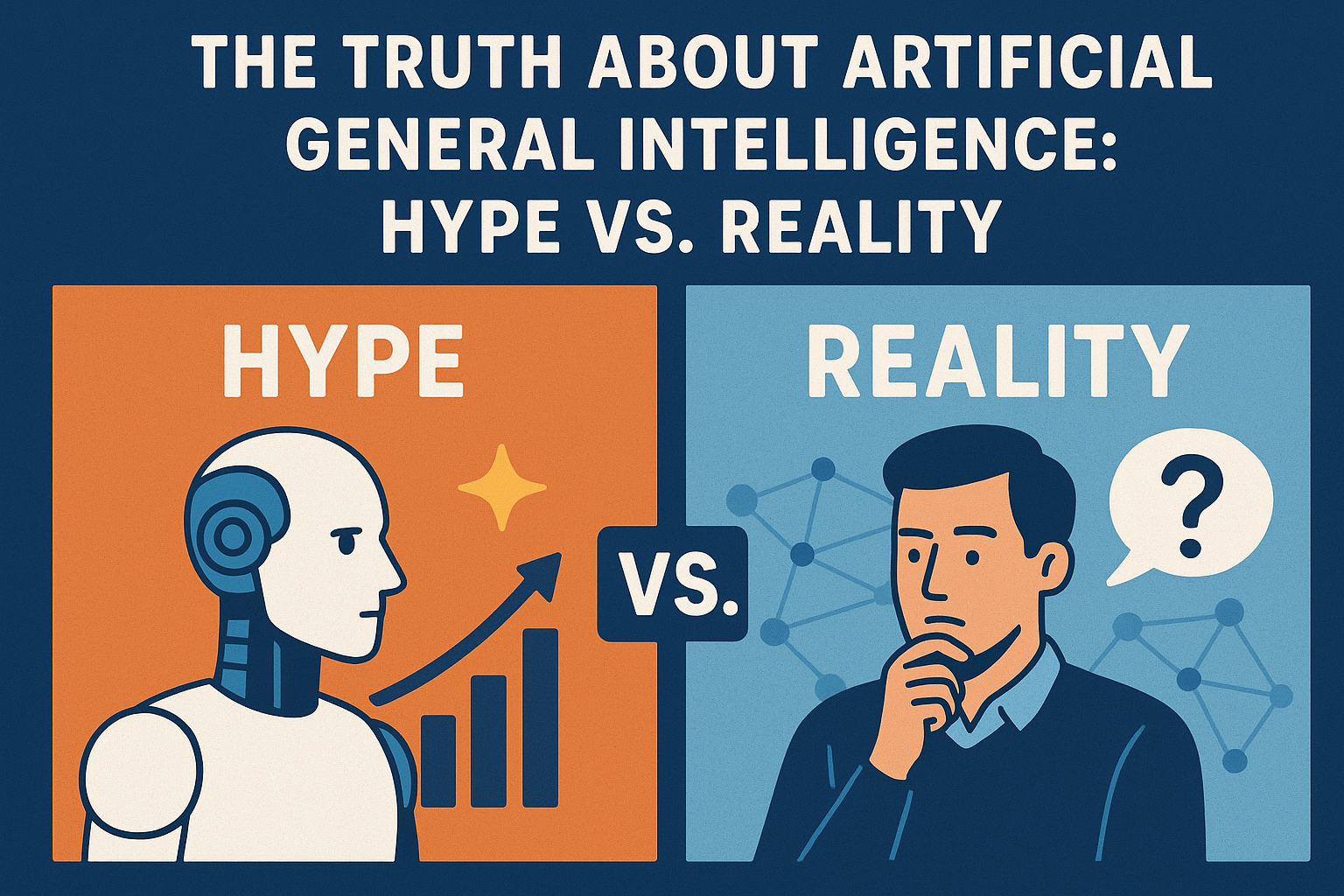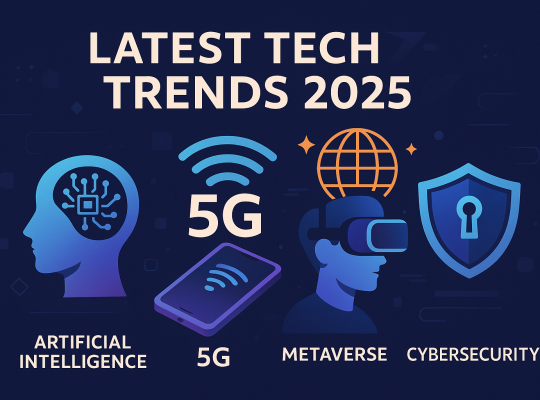As we stand on the brink of a technological revolution, Artificial General Intelligence (AGI) captivates both enthusiasts and skeptics alike. The buzz surrounding AGI promises a future where machines can think, learn, and adapt just like humans—sparking endless debates about its potential to transform industries and societies. However, amid the excitement lies a critical question: what is the reality behind the hype? In this article, we peel back the layers of speculation and delve into the current state of AGI. We’ll explore the significant advancements made, the challenges researchers face, and the ethical implications that accompany such groundbreaking developments. Join us as we uncover the truth about Artificial General Intelligence, distinguishing fact from fiction, and seeking to understand whether the dream of a truly intelligent machine is within our grasp, or merely a tantalizing mirage on the horizon.
Understanding Artificial General Intelligence (AGI)
Artificial General Intelligence (AGI) refers to a type of machine intelligence that can perform any intellectual task a human being can. Unlike today’s AI systems—which are built for narrow, specific purposes such as image recognition, natural language processing, or playing chess—AGI aims for adaptability, reasoning, and learning across multiple domains.
In simple terms, AGI isn’t just about solving a single problem; it’s about understanding, adapting, and applying knowledge in unfamiliar situations—something that currently remains out of reach for even the most advanced AI systems.
The Evolution of AI: From Narrow to General Intelligence
The journey toward AGI began with narrow AI—programs designed to solve highly specialized tasks. For example, virtual assistants like Siri or Alexa can understand voice commands but lack the ability to truly reason or hold human-like conversations.
Over the years, breakthroughs in deep learning, neural networks, and large language models have expanded AI’s capabilities dramatically. Yet, these systems are still classified as Artificial Narrow Intelligence (ANI) because they excel only in well-defined areas. The next frontier—AGI—requires transfer learning, reasoning, and consciousness-like adaptability, which remain unresolved challenges.
The Hype Surrounding AGI: Myths and Misconceptions
Media coverage and pop culture often exaggerate AGI’s current state, portraying it as either a near-term reality or a looming existential threat. Some common misconceptions include:
- Myth 1: AGI already exists in tools like ChatGPT or autonomous robots.
- Myth 2: AGI will instantly surpass human intelligence across all domains.
- Myth 3: AGI automatically equals Artificial Superintelligence (ASI).
The truth is, while AI has made impressive strides, we are still far from creating machines with genuine human-like cognition. Today’s AI models can simulate intelligence but lack true understanding, self-awareness, and general adaptability.
Current State of AGI Research and Development
Researchers are experimenting with advanced neural architectures, reinforcement learning, and brain-inspired models to push AI toward generalization. Notable organizations such as OpenAI, DeepMind, and Anthropic are heavily invested in AGI research.
However, the progress remains incremental. Current systems rely on vast datasets and computational power, but true general intelligence requires breakthroughs in reasoning, common sense, and symbolic understanding—areas where AI still falls short.
Key Differences Between AGI and Narrow AI
- Scope: Narrow AI specializes in specific tasks, while AGI adapts across domains.
- Learning Ability: AGI can transfer knowledge from one field to another; narrow AI cannot.
- Autonomy: Narrow AI requires human-defined rules, whereas AGI would ideally learn independently.
- Reasoning: AGI aspires to human-like reasoning, while narrow AI focuses on pattern recognition.
Potential Applications of AGI in Various Industries
If achieved, AGI could revolutionize nearly every sector:
- Healthcare: Personalized treatments, advanced diagnostics, and accelerated drug discovery.
- Education: Intelligent tutoring systems that adapt to individual learning styles.
- Finance: Smarter fraud detection, risk analysis, and automated trading strategies.
- Transportation: Fully autonomous vehicles capable of adapting to unforeseen road scenarios.
- Scientific Research: Automated hypothesis generation and groundbreaking discoveries.
Ethical Considerations and Risks of AGI
With immense potential comes significant risk. The ethical challenges surrounding AGI include:
- Control and Alignment: Ensuring AGI systems act in line with human values.
- Bias and Fairness: Preventing harmful decision-making caused by biased training data.
- Security Risks: Potential misuse by malicious actors or in warfare.
- Existential Concerns: Debates on whether AGI could surpass human intelligence and pose threats to humanity.
Addressing these issues requires robust governance frameworks, ethical guidelines, and interdisciplinary collaboration.
The Future of Work: AGI’s Impact on Employment
One of the biggest concerns is how AGI could reshape the workforce. While narrow AI has already automated repetitive tasks, AGI could disrupt even high-skill professions such as law, medicine, and engineering.
At the same time, AGI could create entirely new industries, much like the internet revolution did. The future of work will likely depend on how humans adapt, reskill, and collaborate with intelligent machines.
Expert Opinions on AGI: Predictions and Perspectives
Experts remain divided on when—or if—AGI will be realized:
- Optimists predict AGI could emerge within a few decades.
- Skeptics argue that current approaches may never lead to true general intelligence.
- Pragmatists believe AGI will come eventually but in forms very different from human intelligence.
Notably, AI pioneers like Geoffrey Hinton and Yoshua Bengio stress the importance of safety and ethical research, while others emphasize the unpredictability of technological breakthroughs.
Conclusion: Navigating the AGI Landscape
Artificial General Intelligence represents both a technological dream and a societal challenge. While the hype often overshadows the reality, AGI remains one of the most ambitious pursuits of our time.
The truth lies somewhere in between: we are making steady progress, but true AGI is still a work in progress—not an imminent reality.
As researchers, policymakers, and society at large prepare for the future, the key will be balancing innovation with responsibility. By distinguishing hype from reality, we can shape an AGI-driven future that benefits humanity while minimizing risks.









